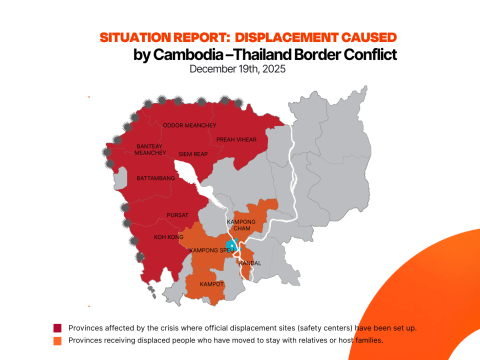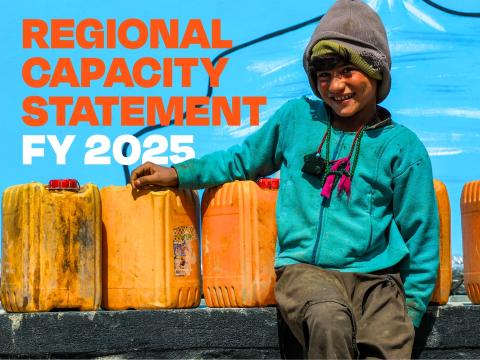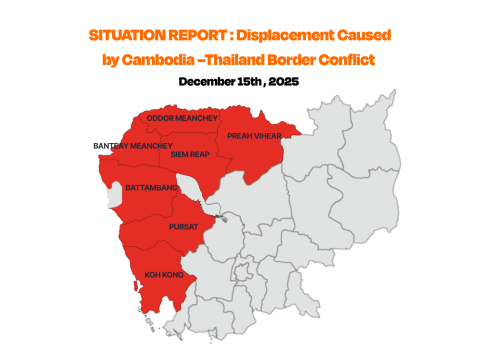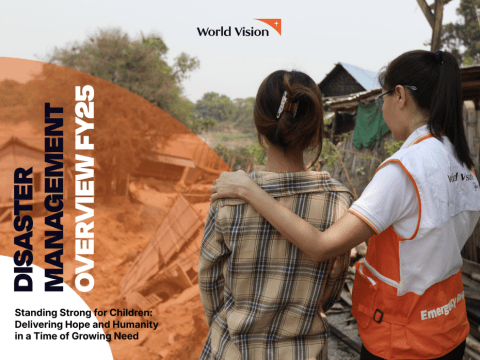Somalia - December 2019 Situation Report
Download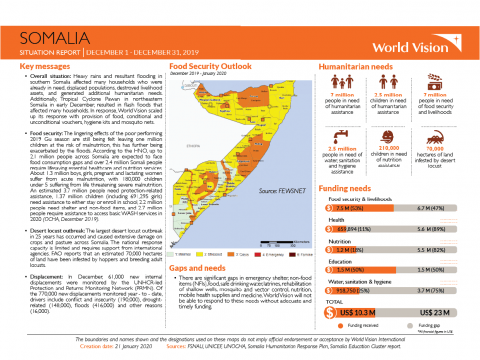
- Overall situation: Heavy rains and resultant flooding in southern Somalia affected many households who were already in need, displaced populations, destroyed livelihood assets, and generated additional humanitarian needs. Additionally, Tropical Cyclone Pawan in northeastern Somalia in early December, resulted in flash floods that affected many households. In response, World Vision scaled up its response with provision of food, conditional and unconditional vouchers, hygiene kits and mosquito nets.
- Food security: The lingering effects of the poor performing 2019 Gu season are still being felt leaving one million children at the risk of malnutrition, this has further being exacerbated by the floods. According to the HNO, up to 2.1 million people across Somalia are expected to face food consumption gaps and over 2.4 million Somali people require lifesaving essential healthcare and nutrition services. About 1.3 million boys, girls, pregnant and lactating women suffer from acute malnutrition, with 180,000 children under 5 suffering from life threatening severe malnutrition. An estimated 3.7 million people need protection-related assistance, 1.37 million children (including 691,295 girls) need assistance to either stay or enroll in school, 2.2 million people need shelter and non-food items, and 2.7 million people require assistance to access basic WASH services in 2020 (OCHA, December 2019).
- Desert locust outbreak: The largest desert locust outbreak in 25 years has occurred and caused extensive damage on crops and pasture across Somalia. The national response capacity is limited and requires support from international agencies. FAO reports that an estimated 70,000 hectares of land have been infested by hoppers and breeding adult locusts.
- Displacement: In December, 61,000 new internal displacements were monitored by the UNHCR-led Protection and Returns Monitoring Network (PRMN). Of the 770,000 new displacements monitored year - to - date, drivers include conflict and insecurity (190,000), drought related (148,000), floods (416,000) and other reasons (16,000).
Share
